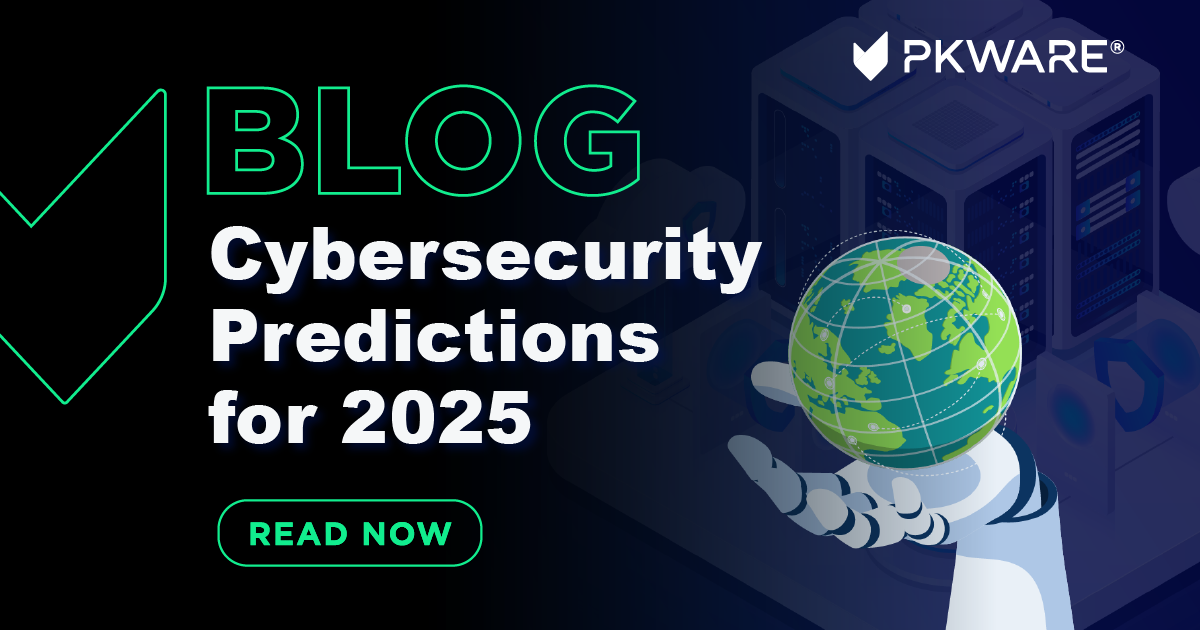Get support from a trusted cybersecurity and privacy advisory firm to secure your data.
Future-Proof Your Company: Key Cybersecurity Predictions You Need to Know
As services confront the speeding up pace of digital transformation, understanding the evolving landscape of cybersecurity is essential for long-term strength. Predictions recommend a considerable uptick in AI-driven cyber risks, alongside heightened governing analysis and the critical change in the direction of No Count on Architecture. To effectively browse these difficulties, organizations should reassess their safety techniques and foster a society of understanding among staff members. Nevertheless, the ramifications of these adjustments prolong beyond plain compliance; they can redefine the extremely framework of your functional protection. What steps should firms take to not just adapt but grow in this new environment?
Increase of AI-Driven Cyber Hazards

One of the most concerning advancements is making use of AI in developing deepfakes and phishing schemes that are incredibly convincing. Cybercriminals can produce sound and video clip material, posing execs or relied on people, to adjust targets right into divulging sensitive information or authorizing deceptive deals. Furthermore, AI-driven malware can adapt in real-time to evade detection by conventional safety procedures.
Organizations need to acknowledge the urgent requirement to reinforce their cybersecurity frameworks to combat these developing threats. This includes investing in innovative hazard detection systems, fostering a culture of cybersecurity awareness, and executing robust incident feedback strategies. As the landscape of cyber dangers changes, aggressive procedures end up being necessary for securing sensitive information and keeping company stability in a progressively digital globe.
Enhanced Emphasis on Data Privacy
Exactly how can companies efficiently browse the expanding emphasis on information privacy in today's electronic landscape? As regulative frameworks evolve and customer assumptions rise, organizations have to prioritize durable data personal privacy approaches. This includes adopting extensive information governance policies that ensure the moral handling of personal info. Organizations must carry out regular audits to examine compliance with laws such as GDPR and CCPA, recognizing possible vulnerabilities that could cause information breaches.
Purchasing employee training is critical, as staff understanding straight impacts information protection. Organizations ought to cultivate a society of privacy, motivating staff members to understand the significance of safeguarding sensitive info. In addition, leveraging modern technology to enhance data protection is important. Carrying out advanced file encryption techniques and safe and secure data storage solutions can substantially minimize threats connected with unauthorized gain access to.
Cooperation with lawful and IT groups is essential to straighten information personal privacy campaigns with service goals. Organizations must likewise engage with stakeholders, consisting of consumers, to interact their commitment to data personal privacy transparently. By proactively addressing information personal privacy worries, services can build trust and boost their track record, inevitably adding to long-term success in check over here an increasingly inspected electronic atmosphere.
The Change to Absolutely No Trust Fund Style
In action to the developing risk landscape, organizations are increasingly taking on No Count on Style (ZTA) as an essential cybersecurity technique. This strategy is asserted on the principle of "never ever trust, constantly confirm," which mandates continual verification of user identifications, gadgets, and data, no matter of their location within or outside the network border.
Transitioning to ZTA includes implementing identification and access administration (IAM) services, micro-segmentation, and least-privilege accessibility controls. By granularly managing accessibility to resources, companies can mitigate the danger of expert risks and lessen the influence of exterior breaches. ZTA incorporates robust tracking and analytics abilities, permitting organizations to discover and react to abnormalities in real-time.

The change to ZTA is also fueled by the enhancing adoption of cloud solutions and remote job, which have increased the strike surface (cybersecurity and privacy advisory). Conventional perimeter-based security versions are not enough in this new landscape, making ZTA an extra durable and adaptive structure
As cyber risks continue to expand in sophistication, the adoption of Zero Trust fund principles will certainly be essential for organizations looking for to secure their assets and maintain governing compliance while making certain service continuity in an unsure environment.
Governing Changes coming up

Forthcoming regulations are expected to resolve a series of problems, consisting of information personal privacy, breach notice, and case response Clicking Here procedures. The General Information Defense Regulation (GDPR) in Europe has set a precedent, and comparable structures are emerging in other areas, such as the United States with the recommended government personal privacy laws. These policies frequently enforce stringent penalties for non-compliance, stressing the demand for organizations to prioritize their cybersecurity procedures.
Moreover, industries such as finance, healthcare, and vital facilities are most likely to deal with a lot more rigid needs, mirroring the delicate nature of the information they take care of. Conformity will certainly not simply be a lawful responsibility however an important element of building count on with clients and stakeholders. Organizations should stay ahead of these changes, incorporating governing demands into their cybersecurity techniques to guarantee resilience and protect their assets effectively.
Relevance of Cybersecurity Training
Why is cybersecurity training a crucial part of an organization's defense method? In an era where cyber hazards are significantly innovative, organizations have to recognize that their staff members are typically the initial line of defense. Reliable cybersecurity training furnishes team with the expertise to determine prospective threats, such as phishing strikes, malware, and social engineering techniques.
By fostering a culture of security understanding, companies can significantly minimize the risk of human error, which is a leading source of data breaches. Normal training sessions ensure that workers remain educated regarding the most recent threats and finest techniques, thereby improving their capability to react appropriately to events.
Additionally, cybersecurity training advertises compliance with regulative demands, minimizing the threat of legal repercussions and monetary charges. It additionally encourages employees to take ownership of their function in the company's protection structure, leading to a proactive instead of reactive method to cybersecurity.
Final Thought
In verdict, the advancing landscape of cybersecurity demands positive actions to address arising threats. The rise of AI-driven attacks, coupled with heightened information personal privacy web link problems and the change to No Count on Design, requires a detailed technique to protection. Organizations should remain attentive in adjusting to regulative changes while prioritizing cybersecurity training for personnel (7 Cybersecurity Predictions for 2025). Stressing these approaches will certainly not only enhance business strength however also safeguard delicate info against an increasingly innovative variety of cyber dangers.